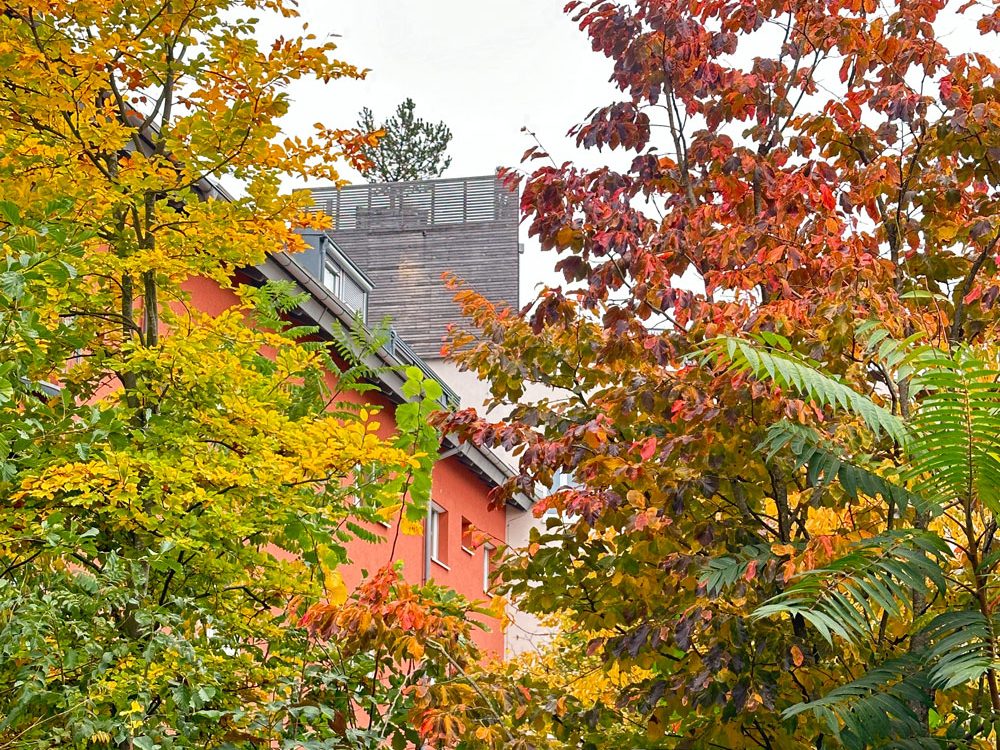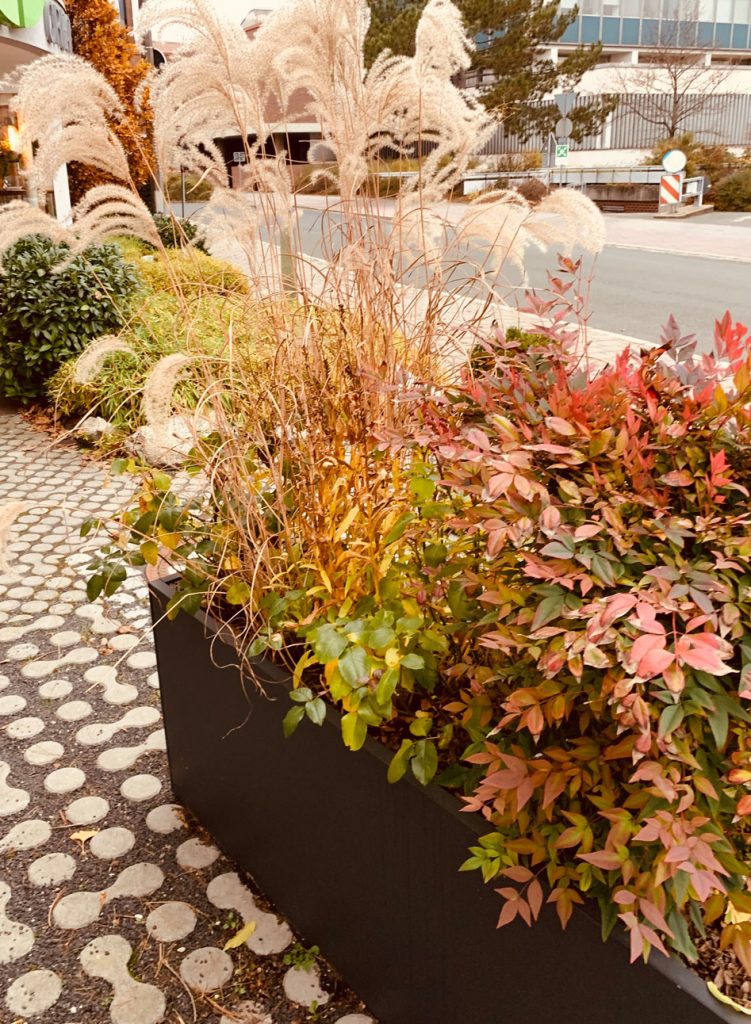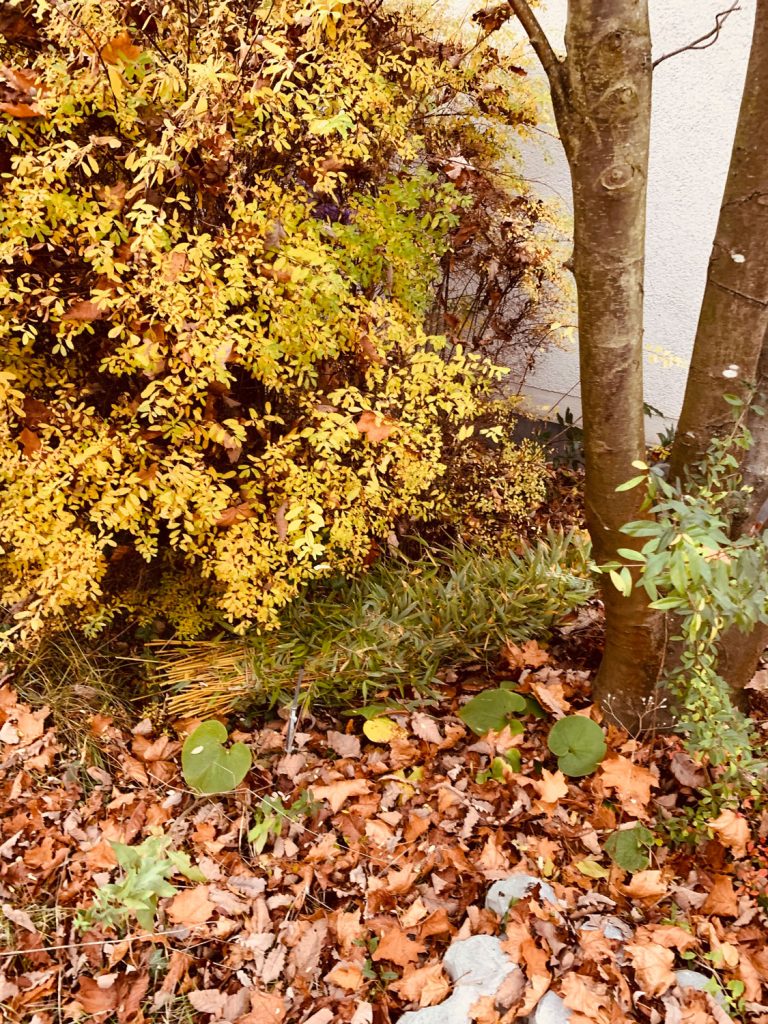Contact
Hotel Luise GmbH
Sophienstraße 10
91052 Erlangen
Germany
+49 9131 1220
info@hotel-luise.de
Arrival / electric car
Hotel Luise GmbH
Sophienstraße 10
91052 Erlangen
Germany
+49 9131 1220
info@hotel-luise.de
Arrival / electric car

We know it all too well. The days are getting shorter, the birds are getting quieter and in the distance you can hear the first… leaf blowers. They race down the streets through the front gardens, past large residential complexes. What were just colorful allotment gardens owned by overly petty owners turn into steppes and deserts without a single leaf. Full organic waste bins decorate the streets with mountains of leaves – get rid of this foliage quickly!

What a shame, at least in our opinion. The leaves and autumn itself are by no means a dead (time) space. Because before the hibernation comes, there is a lot of building, feeding and decomposing. Of course, beauty is in the eye of the beholder and some people want to have a clean, emptied garden. But it’s not natural. Nature, the living creatures in our garden, they form a perfect cycle. If you let them. We humans often cannot grasp or empathize with this because we experience our lives linearly. Even if some religions promise rebirth, for us there is always a beginning and an end. But in nature it’s all about a cycle, year after year.
And that’s exactly why it’s so important not to disrupt this cycle. We also do garden maintenance, no question about it. But when designing a garden close to nature, we make sure to use the latest time in autumn to work around it. And if we do that, then ideally without the organic waste bin at all. Every leaf and every branch that is discarded is a small portion of nutrients and energy that we are taking from our property. So it’s no wonder if our soils become leaner and weaker over many years.

That’s why in our natural garden the leaves come into our beds in autumn, branches are chopped up or converted into islands of dead wood. This isn’t always the easiest way and yes, it sometimes looks like a mess. But if more people left their gardens to nature instead of English lawns, it would be a big step towards nature conservation. Small retention areas, biotopes and living environments are being created for the ever-threatened biodiversity.
Everyone knows them, the insect houses, and they are absolutely trendy. The Hotel Luise also has two large insect hotels. But there are also other options that simply disappear into the garden over time and do not require nails and screws. If you have grass, bamboo or long shoots, you can easily collect them and tie them into a bale using a pure jute ribbon (be careful, there is often plastic in the cords and we don’t want any microplastics in our garden!). Protected under a bush, you create a slightly different refuge for insects, essentially the longhouse version of an insect hotel
